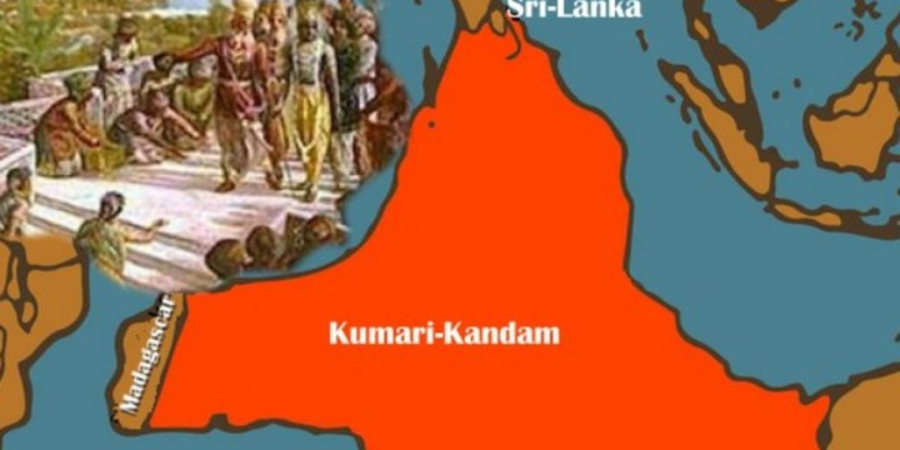

There are hardly many stories as enthralling in the annals of mythology and history as the story of Kumarikandam. Lemuria, also known as Kumari Kandam, is another name for this mythical lost continent that has long piqued curiosity. We set out on a quest to discover Kumarikandam's mysteries and investigate its relevance in the fields of culture, history, and fantasy in this blog post.
The Mythical Origins:
Tamil legend and ancient writings describe Kumarikandam as a large continent that stretched over the Indian Ocean to the south of modern-day India. It is thought to have been a thriving civilization known for its highly developed culture and wisdom. But the continent was ultimately destroyed by a devastating flood or other disastrous event, submerging under the waters and leaving only myths and stories in its wake.
The Lemurian Connection:
The idea of Kumarikandam is very similar to the hypothesis of Lemuria, which was put up by biologist Philip Sclater in the 19th century to explain why lemurs and other animals are distributed over Madagascar, India, and portions of Africa. Even though there isn't any scientific proof that a land bridge exists to connect these areas, scholars and fans are nonetheless fascinated by the similarities between Kumarikandam and Lemuria.
Exploring the Evidence:
The Sangam poems, which are considered to be ancient Tamil literature, are among the texts cited by proponents of the Kumarikandam theory as evidence of the continent's possible existence. Furthermore, geological features that have been suggested as possible relics of Kumarikandam include the submerged Kanyakumari shoreline. On the other hand, detractors contend that these interpretations are theoretical and devoid of hard data.
The Cultural Impact: In Tamil Nadu and other areas impacted by Dravidian heritage, Kumarikandam is highly significant culturally, even though its existence is debated. The mythos around it has influenced art, literature, and cultural movements, so influencing the collective identity of those who have adopted its narrative.
The mystery surrounding Kumarikandam is still unresolved. Its attraction endures, beckoning investigation and reflection, regardless of whether it is perceived as a historical fact or a creation of the imagination. We are reminded of humanity's eternal fascination with the unknown as we explore deeper into this mysterious story and the significant influence of myth and legend on our comprehension of the world.
We bid adieu to the shores of conjecture as we wrap up our investigation of Kumarikandam and set out on our own exploratory journey. Whether the lost continent is submerged under the ocean or exists only in myth, its legacy will always arouse curiosity and awe in future generations.
